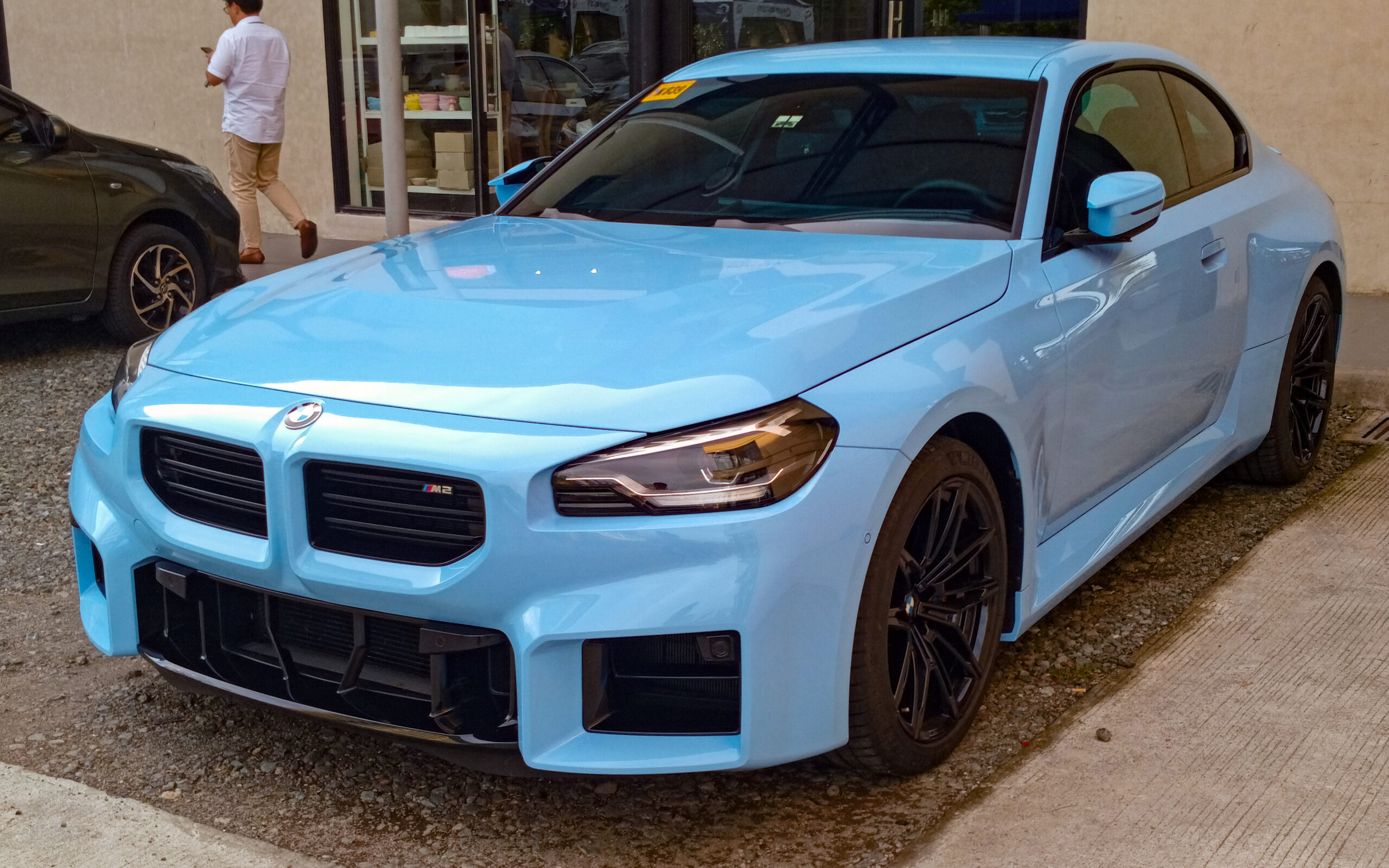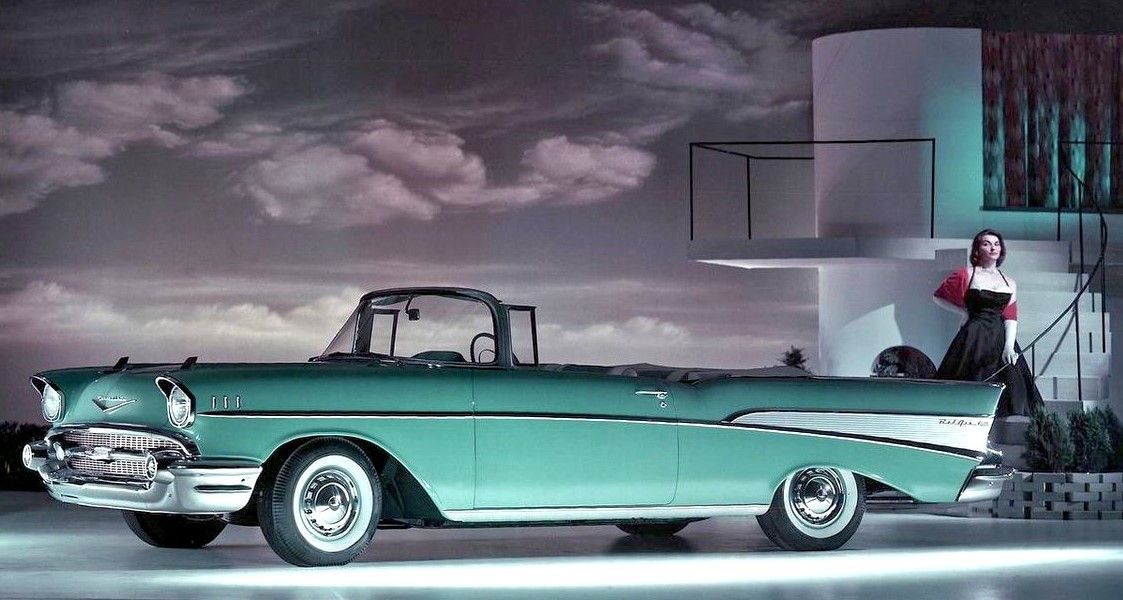
The automotive industry, a realm of innovation and technological marvels, is often associated with progress, reliability, and cutting-edge design. However, even the most established and revered vehicle brands are not immune to profound missteps. These aren’t minor recalls or fleeting marketing blunders; these are moments that fundamentally challenged public perception, triggered regulatory scrutiny, and, in some cases, led to catastrophic financial consequences.
Indeed, history is replete with cautionary tales where companies, driven by various factors from cost concerns to competitive pressures, made decisions that irrevocably damaged their most valuable asset: consumer trust. These incidents often started with a single revealing photo, a leaked document, or a shocking news report that pulled back the curtain on corporate failings, exposing hidden defects, ethical breaches, or deceptive practices. The fallout was swift and severe, underscoring the delicate balance between brand reputation and corporate responsibility.
This article delves into some of the most infamous automotive scandals and strategic miscalculations. We examine how these critical moments, often encapsulated by a singular, damning piece of evidence, forced global brands to confront widespread public anger, undergo costly reforms, and in many cases, embark on a long and arduous journey to rebuild credibility. Here, we highlight seven pivotal instances where vehicle brands shattered their trust, revealing the high stakes involved when integrity is compromised.
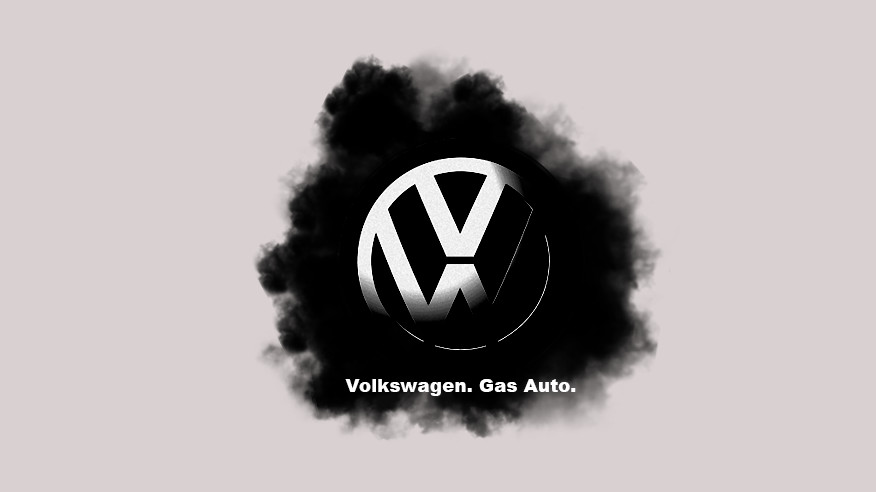
1. Volkswagen Dieselgate Scandal
Volkswagen’s reputation as a pioneer of “clean diesel” technology imploded in 2015 with the emergence of the “Dieselgate” scandal. It was revealed that the company had deliberately installed software in millions of its diesel vehicles. This sophisticated defeat device was designed to cheat emissions tests, allowing cars to emit significantly lower levels of pollutants during regulatory scrutiny than they did during real-world driving conditions.
The deception impacted millions of vehicles worldwide, exposing a calculated corporate strategy that prioritized circumventing environmental regulations. The scandal triggered immediate and widespread outrage, prompting investigations by environmental agencies and legal actions across multiple continents. Volkswagen faced billions in fines and settlements, marking one of the most financially devastating corporate scandals in recent memory.
Beyond the monetary penalties, the brand’s image suffered a severe blow. The public felt betrayed, and Volkswagen’s long-standing commitment to environmental responsibility was called into question. This crisis pushed Volkswagen to accelerate its focus on electric vehicles, a strategic pivot aimed at regaining consumer trust and repairing its tarnished environmental credentials.
Read more about: When Automotive Giants Stumble: Unearthing the Toxic Pasts of 14 Iconic Vehicles and Brands
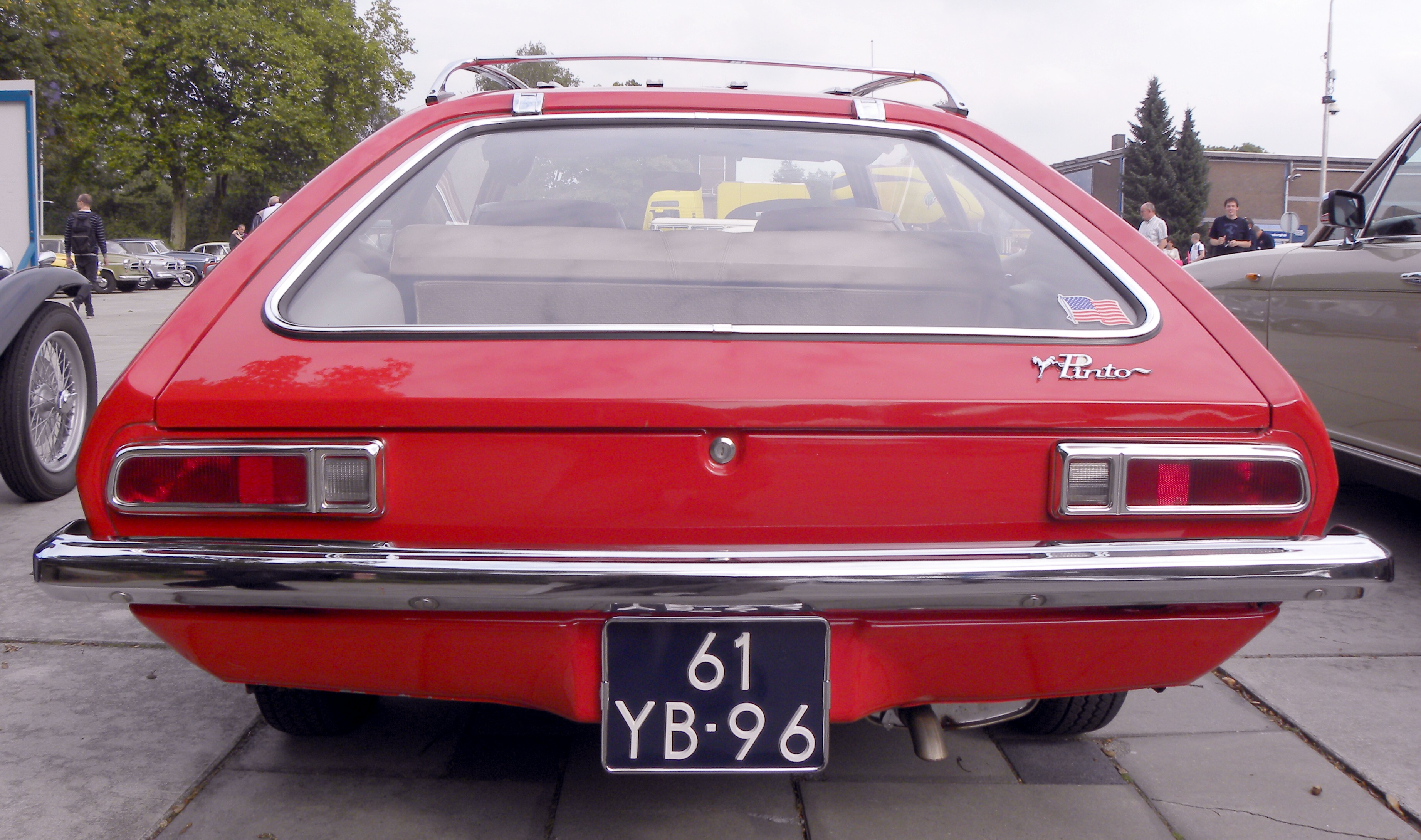
2. Ford Pinto Exploding Gas Tank
In the 1970s, Ford faced intense scrutiny and public condemnation over its Pinto model. The compact car was linked to a series of fatal explosions, which were found to be caused by a critically vulnerable gas tank design. Internal testing had reportedly indicated that rear-end collisions, even at low speeds, could rupture the fuel tank, leading to deadly fires.
Disturbingly, internal documents later revealed that Ford had made a cold business calculation, choosing not to redesign the gas tank due to cost concerns. This decision, prioritizing profit over safety, sparked widespread public anger and led to accusations of corporate negligence. The revelations fundamentally damaged Ford’s reputation, raising profound questions about its commitment to customer safety.
The Pinto scandal became a landmark case in product liability, significantly influencing automotive safety standards and regulatory oversight. It served as a stark reminder of the ethical obligations of manufacturers to ensure the safety of their products, even when faced with financial pressures. Ford’s long-term efforts to rebuild trust centered on demonstrating a renewed commitment to rigorous safety protocols.
Car Model Information: 1980 Ford Pinto WAGON
Name: Ford Pinto
Caption: Ford Pinto
Manufacturer: Ford Motor Company
Aka: Mercury Bobcat
Production: September 1970 – July 1980
ModelYears: 1971–1980 (Pinto),1974–1980 (Bobcat)
Assembly: Edison, New Jersey,Milpitas, California
Designer: Robert Eidschun (1968)
Class: Subcompact car
BodyStyle: Sedan (automobile),sedan delivery,station wagon,hatchback
Related: #Mercury Bobcat (1974–1980),Ford Mustang (second generation)
Layout: Front-engine, rear-wheel-drive layout
Chassis: Unibody
Engine: unbulleted list
Abbr: on
Disp: Ford Cologne engine
Transmission: unbulleted list
Wheelbase: 94.0 in
Length: 163 in
Width: 69.4 in
Height: 50 in
Weight: convert
Predecessor: Ford Cortina#Mark II (1966–1970)
Successor: Ford Escort (North America)
Categories: 1980s cars, Articles with short description, Cars discontinued in 1980, Cars introduced in 1970, Commons category link from Wikidata
Summary: The Ford Pinto is a subcompact car that was manufactured and marketed by Ford Motor Company in North America from 1970 until 1980. The Pinto was the first subcompact vehicle produced by Ford in North America.
The Pinto was marketed in three body styles throughout its production: a two-door fastback sedan with a trunk, a three-door hatchback, and a two-door station wagon. Mercury offered rebadged versions of the Pinto as the Mercury Bobcat from 1975 until 1980 (1974–1980 in Canada). Over three million Pintos were produced over its ten-year production run, outproducing the combined totals of its domestic rivals, the Chevrolet Vega and the AMC Gremlin. The Pinto and Mercury Bobcat were produced at Edison Assembly in Edison, New Jersey, St. Thomas Assembly in Southwold, Ontario, and San Jose Assembly in Milpitas, California.
Since the 1970s, the safety reputation of the Pinto has generated controversy. Its fuel-tank design attracted both media and government scrutiny after several deadly fires occurred when the tanks ruptured in rear-end collisions. A subsequent analysis of the overall safety of the Pinto suggested it was comparable to other 1970s subcompact cars. The safety issues surrounding the Pinto and the subsequent response by Ford have been cited widely as business ethics and tort reform case studies.
Get more information about: Ford Pinto
Buying a high-performing used car >>>
Brand: Ford Model: Pinto
Price: $5,951 Mileage: 107,000 mi.
Read more about: Death Traps on Wheels: 10 Iconic American Cars Too Dangerous for Today’s Roads

3. Toyota Unintended Acceleration Crisis
Toyota, a brand synonymous with reliability and quality, suffered a significant reputational blow in the late 2000s due to a series of unintended acceleration incidents. Reports began to surface describing vehicles suddenly surging in speed, sometimes leading to tragic accidents. Investigations pointed to defective accelerator pedals or poorly designed floor mats as potential causes of these dangerous malfunctions.
As the crisis unfolded, Toyota faced intense public and governmental scrutiny, leading to widespread consumer anxiety. The company was forced to undertake massive recalls, eventually affecting over 10 million vehicles globally. These recalls were not only costly, resulting in billions in penalties, but also a direct challenge to the brand’s carefully cultivated image of dependability and engineering excellence.
The crisis prompted Toyota to conduct a comprehensive overhaul of its safety standards and recall procedures. This event underscored the critical importance of swift and transparent action in product recalls, demonstrating that even a highly trusted brand can falter if it does not address safety concerns proactively and openly. The long road to recovery involved rebuilding confidence in its core promise of reliability.
Read more about: Driving These 15 Oversized Pickups? Here’s What Environmentalists Secretly Think About You.
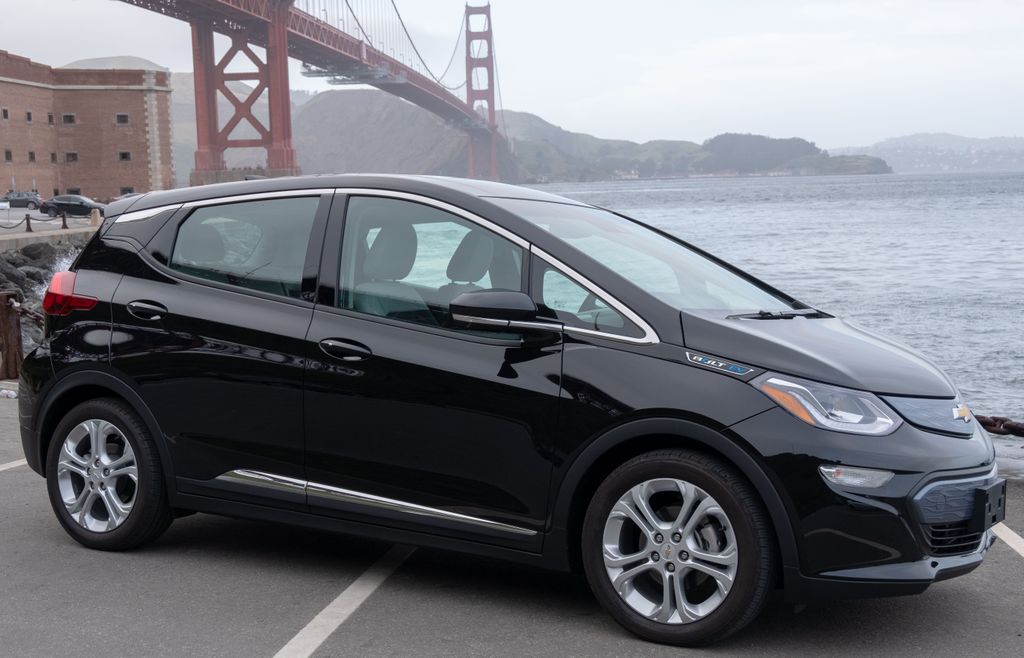
4. GM Ignition Switch Recall
General Motors (GM) faced a severe crisis in 2014 when it admitted to knowing about a faulty ignition switch in millions of its cars for over a decade. This defect was linked to numerous fatal crashes, as it could cause the engine to abruptly shut off while driving, simultaneously deactivating crucial safety systems like power steering, power brakes, and, most critically, the airbags.
GM’s prolonged delay in addressing this known, life-threatening defect led to public outcry and substantial fines. The company’s initial response and subsequent admissions highlighted a corporate culture that had failed to prioritize customer safety, raising serious questions about accountability and ethical governance. The scandal resulted in billions in settlements and penalties, further impacting the brand’s financial health.
This incident profoundly underscored the inherent dangers of delaying necessary recalls for safety-critical issues. GM’s reputation for safety suffered considerably, compelling the brand to implement stricter safety protocols and foster a more transparent approach to defect reporting and recalls in an effort to regain the public’s confidence.
Read more about: General Motors: Deciphering a Century of Automotive Milestones, Innovations, and Challenges for the Informed Consumer
5. Takata Airbag Recall
While not a single vehicle brand’s mistake, the Takata airbag recall represents one of the largest and most catastrophic safety failures in automotive history, implicating numerous global automakers. Takata, a major automotive supplier, produced airbags that were prone to explode with excessive force, propelling metal shrapnel into vehicle occupants. This horrific defect was linked to numerous injuries and fatalities worldwide.
Millions of vehicles from various manufacturers were affected, leading to unprecedented recall campaigns that spanned years and cost billions. The ripple effect was enormous: Takata itself ultimately filed for bankruptcy, while major automotive brands like Honda faced immense financial burdens from the recalls and significant damage to their reputations. Consumers found their trust shattered, not just in Takata, but in the components of their seemingly safe vehicles.
The incident showcased the catastrophic impact of defective safety components and the interconnectedness of the global automotive supply chain. It highlighted the critical need for rigorous component testing and oversight, compelling the entire industry to reassess its quality control and supplier management practices in the interest of public safety.
Read more about: When Automotive Giants Stumble: Unearthing the Toxic Pasts of 14 Iconic Vehicles and Brands
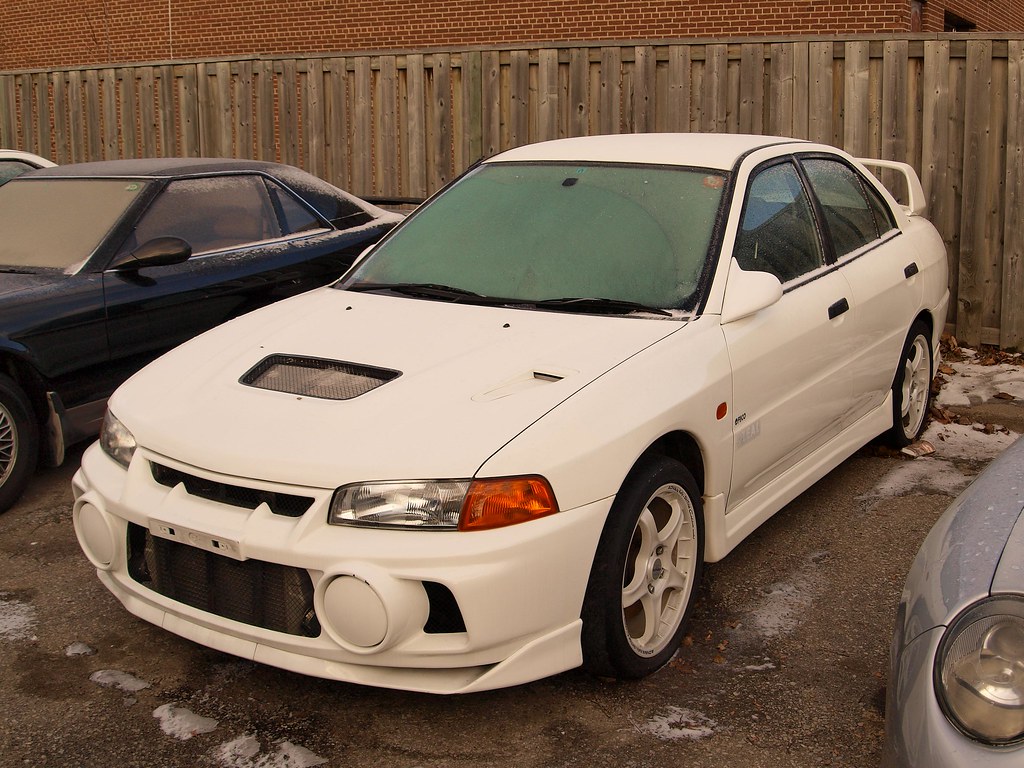
6. Mitsubishi Fuel Economy Scandal
Mitsubishi Motors found itself embroiled in a severe scandal in 2016 when it was caught manipulating fuel economy data. The company admitted to using improper testing methods, which made certain models appear more efficient than they actually were. This calculated deception affected hundreds of thousands of vehicles sold in Japan, misleading consumers about the environmental and economic performance of their cars.
The revelation dealt a major blow to consumer trust in the brand’s integrity and honesty. Mitsubishi was compelled to pay substantial fines and issue public apologies, endeavors that highlighted the gravity of its misleading practices. The scandal directly contributed to declining sales and ultimately led to Nissan acquiring a significant stake in the company, a dramatic shift in its corporate landscape.
This event marked a pivotal point for Mitsubishi, forcing it to critically reassess its brand image and operational ethics. It powerfully brought to light the importance of honest and accurate fuel economy reporting within a highly competitive market, where environmental claims heavily influence consumer purchasing decisions.
Read more about: When Automotive Giants Stumble: Unearthing the Toxic Pasts of 14 Iconic Vehicles and Brands

7. Hyundai and Kia Overstated MPG Claims
In 2012, the sister brands Hyundai and Kia faced significant backlash for overstating fuel economy figures for more than a million vehicles sold in the United States. An investigation by the Environmental Protection Agency (EPA) confirmed that the brands’ advertised miles-per-gallon (MPG) claims were exaggerated, creating false expectations among consumers regarding their vehicles’ fuel efficiency.
The misrepresentation led to the companies offering reimbursements to customers who had purchased affected vehicles, a costly measure that ran into millions of dollars. The scandal significantly hurt Hyundai and Kia’s reputation, particularly among eco-conscious consumers who had chosen their vehicles partly for their perceived fuel efficiency. It directly challenged the brands’ credibility regarding their environmental commitments.
This incident prompted tighter oversight on fuel economy claims across the entire automotive industry, leading to increased scrutiny of manufacturers’ testing and advertising practices. It served as a potent reminder of the potential fallout from misleading advertising and the critical importance of transparent and accurate product information for maintaining consumer trust and regulatory compliance.
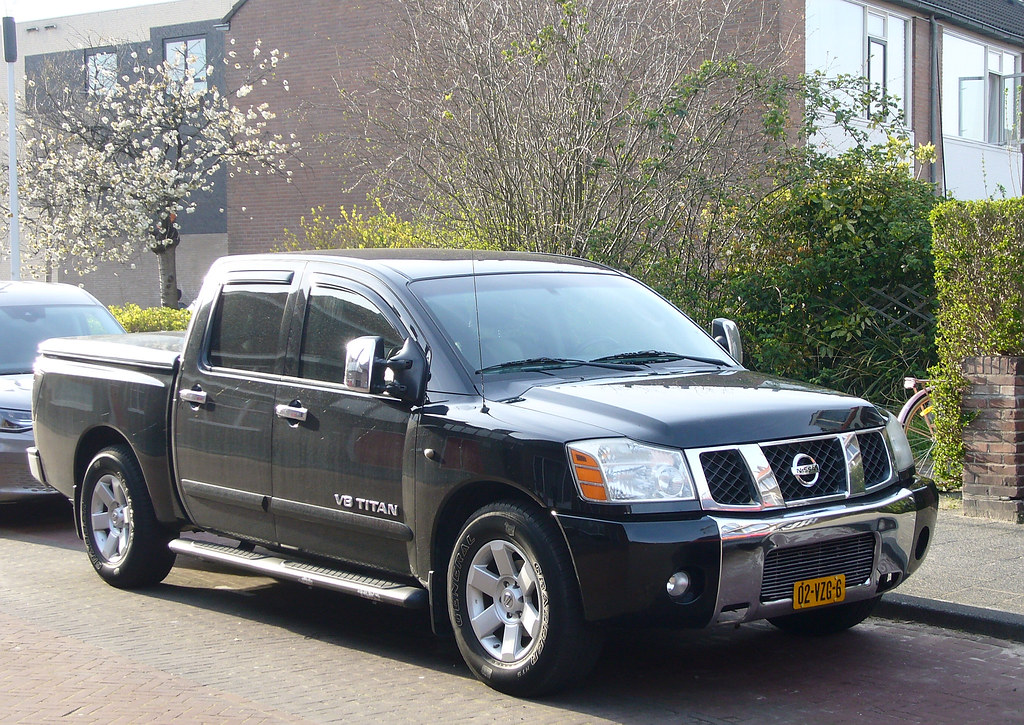
8. Renault-Nissan Emissions Scandal
In the immediate wake of Volkswagen’s “Dieselgate” scandal, the automotive industry found itself under intense scrutiny concerning vehicle emissions. It was during this period that Renault-Nissan came under the spotlight, facing accusations of higher-than-expected emissions from some of its popular diesel models. Investigations suggested that these vehicles emitted significantly more pollutants during real-world driving conditions than they did during official laboratory tests, a critical disparity that raised widespread concern.
While Renault consistently denied any intentional wrongdoing or the use of “defeat devices” similar to Volkswagen’s, the revelations undoubtedly shook public trust in the brand’s commitment to environmental responsibility. The controversy highlighted a persistent and troubling gap between the stringency of regulatory testing and the actual environmental performance of vehicles on public roads, sparking a renewed debate about industry practices and compliance.
This scandal had tangible repercussions, extending beyond mere public perception to impact investor confidence and the company’s market position. It became a stark illustration that even without explicit intent to cheat, discrepancies in emissions performance could severely undermine a brand’s credibility and financial stability in an increasingly environmentally conscious global market.
Ultimately, the Renault-Nissan emissions scandal served as a pivotal moment, further emphasizing the systemic nature of emissions discrepancies within the automotive sector. It reinforced the critical need for more robust testing methods and unwavering corporate transparency, compelling the entire industry to reassess its environmental standards and ensure consistent, verifiable compliance with regulations aimed at protecting public health and the planet.
Read more about: Beyond the Shiny Exteriors: Uncovering the Auto Industry’s Darkest Secrets and Corporate Scandals
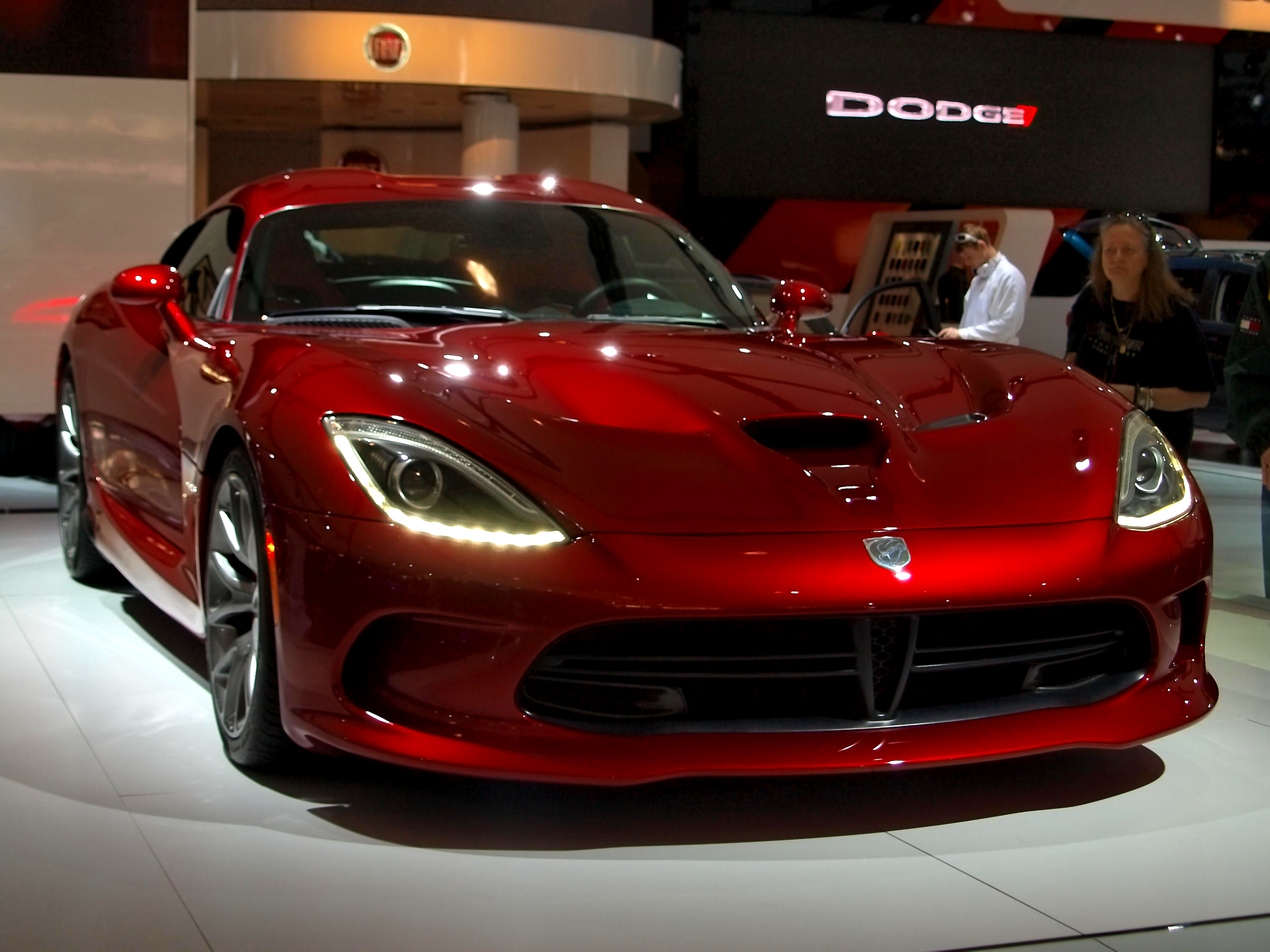
9. Fiat Chrysler Emissions Cheat
The echoes of the widespread emissions controversies resonated deeply within the industry, culminating in Fiat Chrysler facing severe accusations in 2017. The Environmental Protection Agency (EPA) brought forth allegations that the company had utilized sophisticated software to manipulate emissions data in certain diesel models. This alleged programming allowed vehicles to operate within legal limits during official testing but then emit significantly higher levels of pollution once on the road, a tactic eerily reminiscent of the Volkswagen scandal.
Fiat Chrysler, while denying any intentional wrongdoing, found its reputation severely tarnished by these public accusations. The company was ultimately compelled to negotiate substantial settlements with regulatory bodies and committed to implementing significant software updates to its emissions control systems across the affected vehicles. These actions were crucial steps in addressing the immediate legal and technical challenges, yet they did little to immediately assuage the growing public skepticism.
The incident was particularly damaging among environmentally conscious consumers who felt a profound sense of betrayal regarding the advertised environmental performance of their vehicles. It underscored a disturbing pattern of corporate practices that seemed to prioritize regulatory circumvention over genuine environmental stewardship, challenging the very trust consumers placed in the brand’s integrity.
This scandal powerfully reinforced the escalating regulatory pressure on automakers to ensure absolute transparency and unwavering compliance with stringent environmental standards. It served as a potent reminder that even without a clear admission of guilt, the perception of deceit can inflict lasting reputational harm and necessitate immense efforts to rebuild credibility in an era of heightened environmental accountability.
Car Model Information: 2025 Audi Q7 55 Premium Plus
Name: FCA US, LLC
Logo: Stellantis.svg
LogoSize: 250px
TradingName: Stellantis North America
FormerNames: undefined
Type: Subsidiary
Industry: Automotive industry
Founded: [object Object]
Founder: Walter Chrysler
HqLocation: Chrysler World Headquarters and Technology Center
HqLocationCity: Auburn Hills, Michigan
HqLocationCountry: United States
NumLocations: List of Stellantis North America factories
AreaServed: North America
KeyPeople: Antonio Filosa
Predecessor: United States Motor Company,Maxwell Motor Company
NumEmployees: 81,341
NumEmployeesYear: 2023
Parent: Stellantis
Brands: Chrysler (brand),Dodge,Jeep,Mopar,Ram Trucks,Street and Racing Technology
Subsid: Stellantis Canada
Categories: 1925 establishments in Michigan, 1998 mergers and acquisitions, 2007 mergers and acquisitions, 2014 mergers and acquisitions, All articles containing potentially dated statements
Summary: FCA US, LLC, doing business as Stellantis North America and known historically as Chrysler ( KRY-slər), is one of the “Big Three” automobile manufacturers in the United States, headquartered in Auburn Hills, Michigan. It is the American subsidiary of the multinational automotive company Stellantis. Stellantis North America sells vehicles worldwide under the Chrysler, Dodge, Jeep, and Ram Trucks nameplates. It also includes Mopar, its automotive parts and accessories division, and SRT, its performance automobile division. The division also distributes Alfa Romeo, Fiat, and Maserati vehicles in North America.
The original Chrysler Corporation was founded in 1925 by Walter Chrysler from the remains of the Maxwell Motor Company. In 1998, it merged with Daimler-Benz, which renamed itself DaimlerChrysler but in 2007 sold off its Chrysler stake. The company operated as Chrysler LLC through 2009, then as Chrysler Group LLC. In 2014, it was acquired by Fiat S.p.A.; it subsequently operated as a subsidiary of the new Fiat Chrysler Automobiles (FCA), then as a subsidiary of Stellantis, the company formed from the 2021 merger of FCA and PSA Group (Peugeot Société Anonyme).
After founding the company, Walter Chrysler used the General Motors brand diversification and hierarchy strategy that he had become familiar with when he worked in the Buick division at General Motors. He then acquired Fargo Trucks and the Dodge Brothers Company, and created the Plymouth and DeSoto brands in 1928. Facing postwar declines in market share, productivity, and profitability, as GM and Ford were growing, Chrysler borrowed $250 million in 1954 from Prudential Insurance to pay for expansion and updated car designs.
Chrysler expanded into Europe by taking control of French, British, and Spanish auto companies in the 1960s; Chrysler Europe was sold in 1978 to PSA Peugeot Citroën for a nominal $1. The company struggled to adapt to changing markets, increased U.S. import competition, and safety and environmental regulation in the 1970s. It began an engineering partnership with Mitsubishi Motors, and began selling Mitsubishi vehicles branded as Dodge and Plymouth in North America. On the verge of bankruptcy in the late 1970s, it was saved by $1.5 billion in loan guarantees from the U.S. government. New CEO Lee Iacocca was credited with returning the company to profitability in the 1980s. In 1985, Diamond-Star Motors was created, further expanding the Chrysler-Mitsubishi relationship. In 1987, Chrysler acquired American Motors Corporation (AMC), which brought the profitable Jeep, as well as the newly formed Eagle, brands under the Chrysler umbrella. In 1998, Chrysler merged with German automaker Daimler-Benz to form DaimlerChrysler AG; the merger proved contentious with investors. As a result, Chrysler was sold to Cerberus Capital Management and renamed Chrysler LLC in 2007.
Like the other Big Three automobile manufacturers, Chrysler was impacted by the automotive industry crisis of 2008–2010. The company remained in business through a combination of negotiations with creditors, filing for Chapter 11 bankruptcy reorganization on April 30, 2009, and participating in a bailout from the U.S. government through the Troubled Asset Relief Program. On June 10, 2009, Chrysler emerged from the bankruptcy proceedings with the United Auto Workers pension fund, Fiat S.p.A., and the U.S. and Canadian governments as principal owners. The bankruptcy resulted in Chrysler defaulting on over $4 billion in debts. In May 2011, Chrysler finished repaying its obligations to the U.S. government five years early, although the cost to the American taxpayer was $1.3 billion.
Over the next few years, Fiat S.p.A. gradually acquired the other parties’ shares. In January 2014, Fiat acquired the rest of Chrysler from the United Auto Workers retiree health trust, making Chrysler Group a subsidiary of Fiat S.p.A. In May 2014, Fiat Chrysler Automobiles was established by merging Fiat S.p.A. into the company. Chrysler Group LLC remained a subsidiary until December 15, 2014, when it was renamed FCA US LLC, to reflect the Fiat-Chrysler merger.
As a result of the merger between FCA and PSA, on 17 January 2021 it became a subsidiary of the Stellantis Group.
Get more information about: Chrysler
Buying a high-performing used car >>>
Brand: Fiat Chrysler Model: diesel models
Price: $55,675 Mileage: 20,490 mi.
Read more about: When Automotive Giants Stumble: Unearthing the Toxic Pasts of 14 Iconic Vehicles and Brands
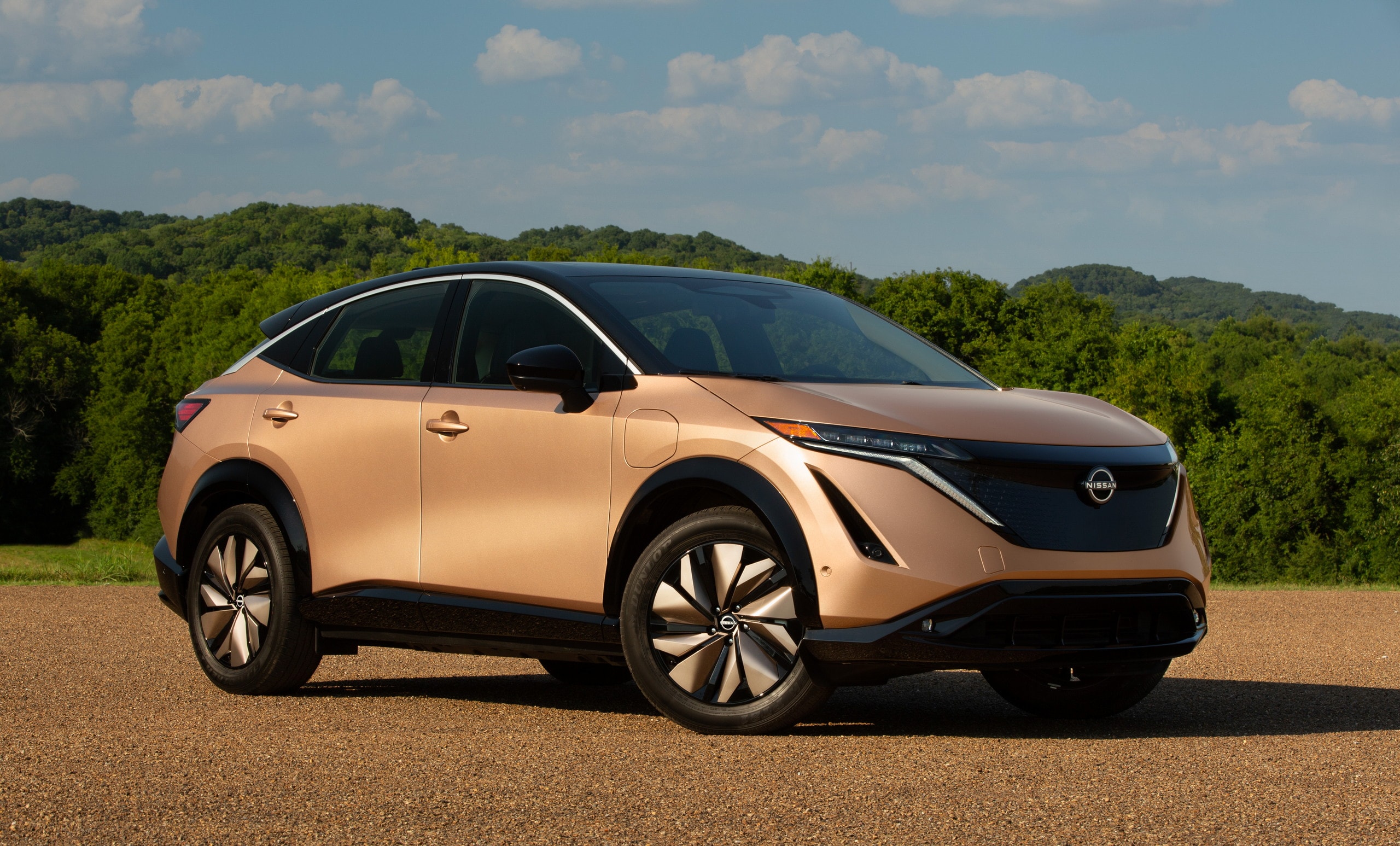
10. Nissan Carlos Ghosn’s Financial Scandal
Beyond the realm of product defects and environmental compliance, the automotive industry has also grappled with profound crises of leadership and corporate governance. Nissan was plunged into such a maelstrom with the dramatic arrest of its charismatic former CEO, Carlos Ghosn, in 2018. Ghosn faced an array of serious charges, including allegations of significantly underreporting his executive income and misusing company assets for lavish personal gain, sending shockwaves across the globe.
The high-profile nature of Ghosn’s downfall instantly exposed critical weaknesses within Nissan’s corporate governance frameworks, triggering widespread condemnation and prompting serious questions about oversight and accountability at the highest echelons of the company. Internally, the controversy generated deep-seated tensions and distrust within the strategic Renault-Nissan-Mitsubishi alliance, threatening to destabilize one of the world’s most significant automotive partnerships.
Ghosn’s spectacular fall from grace brought an intense wave of negative attention to Nissan, fundamentally undermining its leadership structure and leading to a prolonged period of corporate instability. For consumers, the scandal suggested that integrity issues permeated beyond mere product quality to the very core of corporate ethics, significantly impacting Nissan’s meticulously cultivated brand image and its standing in the global market.
Ultimately, this executive misconduct scandal served as a stark lesson on the vital importance of robust corporate governance and ethical leadership. It demonstrated unequivocally that the actions of top executives can profoundly influence public perception and market confidence, emphasizing that a brand’s integrity is as much about its financial transparency and ethical conduct as it is about the quality of its vehicles.
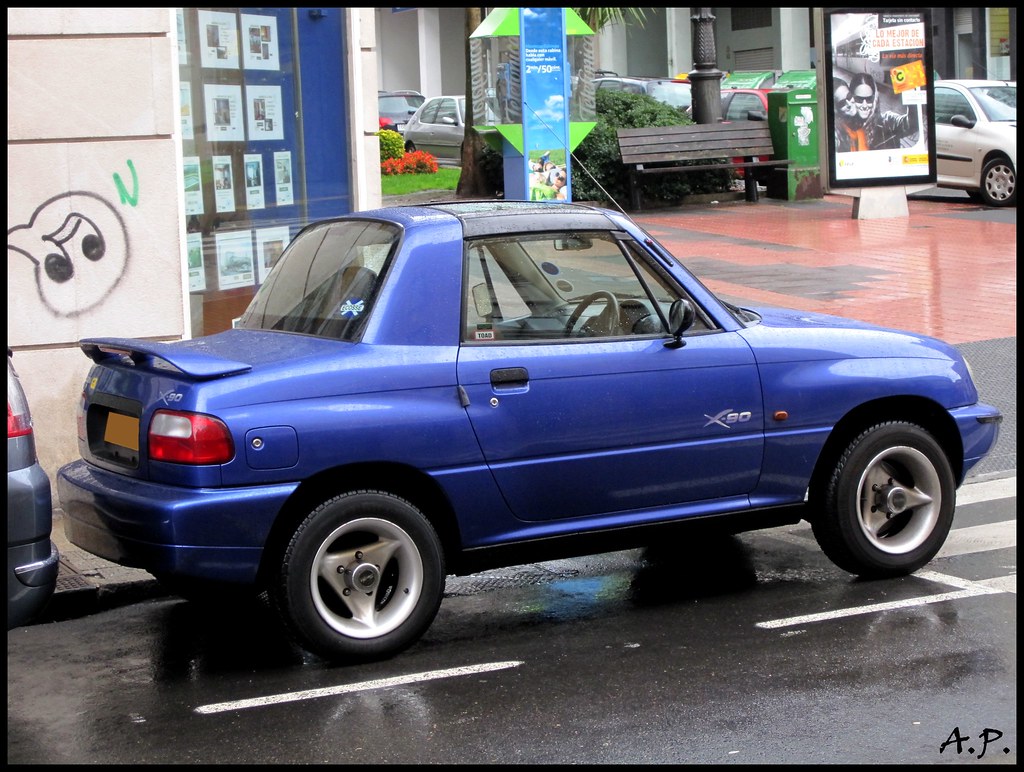
11. Suzuki Fuel Economy Manipulation
In 2016, another instance of deceptive practices concerning vehicle specifications came to light, this time implicating Suzuki. The esteemed Japanese automaker publicly admitted to employing improper testing methods when calculating the official fuel economy figures for several of its models sold exclusively within Japan. While these admitted discrepancies did not directly compromise the physical safety of drivers or passengers, the confession ignited an immediate firestorm of public scrutiny and severely eroded consumer trust in the brand’s commitment to honesty and factual reporting.
Despite the fact that regulatory authorities ultimately did not levy criminal charges against Suzuki, the public revelation undeniably inflicted considerable damage to its long-standing reputation and its market share within its home country. The company found itself in a challenging and protracted public relations battle, necessitating extensive and costly campaigns to reassure customers that its vehicles’ performance metrics would, from that point forward, be meticulously and accurately reported and independently verified.
This unfortunate incident served as a potent and unequivocal reminder of the inherent risks and profound consequences associated with even subtle shortcuts in regulatory compliance, regardless of whether the intent was outright malicious deception. It underscored the critical need for unwavering adherence to established protocols, particularly in a highly competitive market where environmental and economic performance claims heavily influence purchasing decisions and brand loyalty.
Suzuki was subsequently compelled to embark on a comprehensive internal review, leading to a significant strengthening of its testing procedures and quality control mechanisms. This strategic overhaul was a direct effort to rebuild lost credibility and to re-establish its image as a transparent, reliable, and trustworthy automotive manufacturer in the fiercely competitive global marketplace, learning from a costly lesson in accountability.
Read more about: The Dark Side of Diesel: 15 Models Plagued by Emissions Scandals and Lawsuits
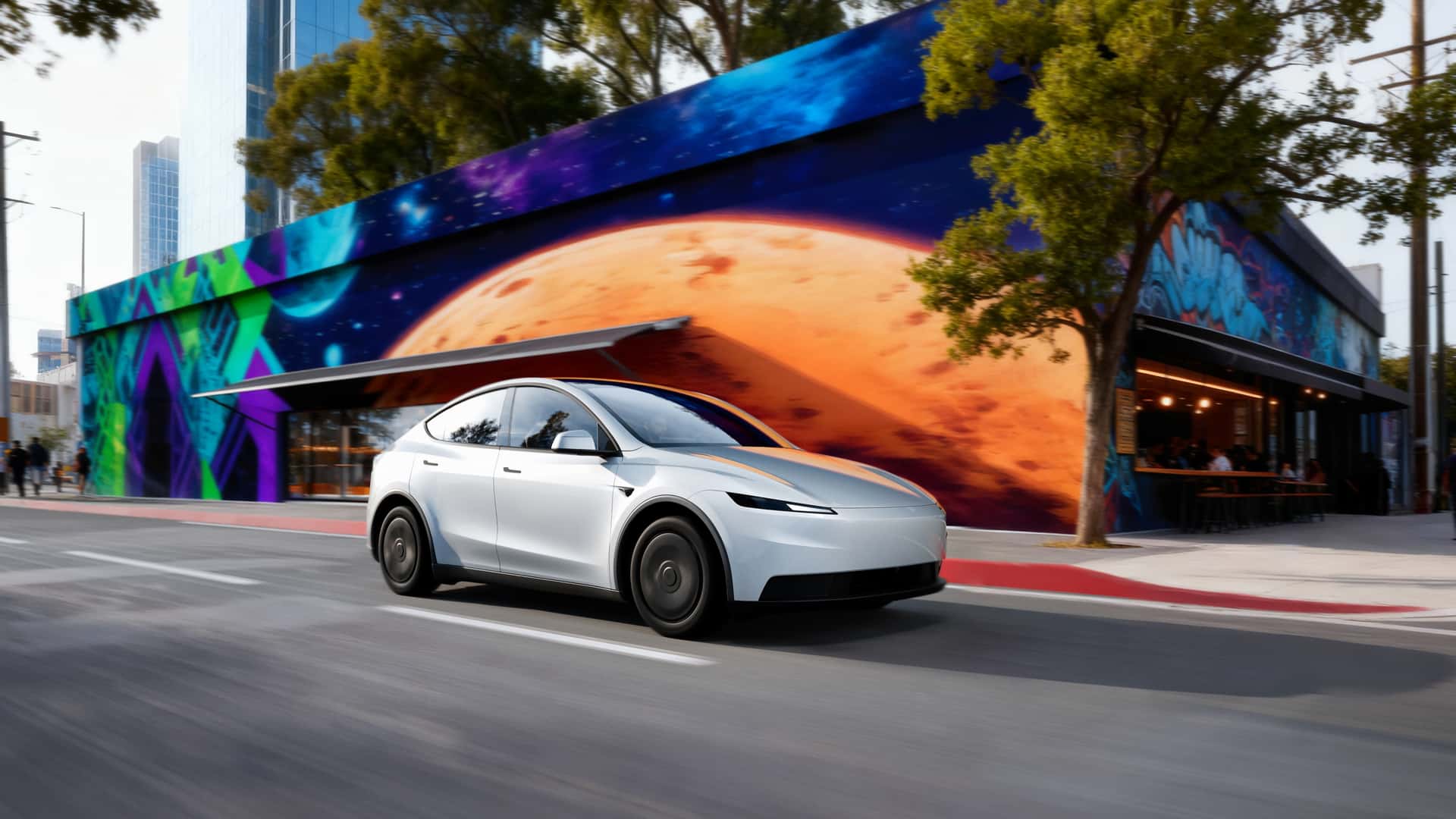
12. Tesla Autopilot Crash Controversies
As the automotive industry ventures into the frontier of autonomous technology, new challenges to brand trust have emerged, prominently exemplified by the controversies surrounding Tesla’s Autopilot feature. Tesla has faced multiple high-profile incidents where vehicles operating under Autopilot were involved in crashes, often attributed to drivers over-relying on the system’s capabilities. These incidents, some tragically fatal, have ignited a fierce debate about the safety, ethics, and marketing of semi-autonomous driving technology.
Critics have forcefully argued that Tesla’s aggressive marketing of Autopilot, often portraying it as a near-autonomous system, may have inadvertently misled drivers into believing the technology was more capable than it truly was. This perception of misrepresentation became a central point of contention following accidents, raising serious questions about the crucial balance between innovative technological advancement and responsible consumer communication.
The recurring nature of these crashes, coupled with intensified scrutiny from regulatory bodies and independent safety experts, has undeniably impacted Tesla’s reputation. While the brand continues to command a fiercely loyal fan base, these controversies have raised fundamental questions about the ultimate safety and reliability of autonomous features, challenging the company’s commitment to prioritizing safety over rapid technological deployment.
Ultimately, these high-profile incidents have underscored the critical need for clearer, more explicit communication regarding the limitations and proper, active human supervision required for advanced driver-assistance systems. They have compelled not just Tesla but the entire automotive industry to address the complex ethical and safety implications of integrating increasingly sophisticated vehicle technology onto public roads, highlighting the paramount importance of public education and cautious implementation.
Read more about: Steering Clear of Danger: The 14 Critical Mistakes People Make with Self-Driving Features and Why Autonomy Isn’t Always Safe

13. Cadillac ELR’s ‘Poolside’ Commercial
Even luxury brands, typically adept at crafting aspirational narratives, can spectacularly misfire in their marketing endeavors, as Cadillac discovered with its infamous 2014 “Poolside” commercial for the ELR electric vehicle. The advertisement was originally conceived to showcase the ELR’s upscale appeal and position it as the ultimate symbol of success and sophisticated environmental consciousness. However, instead of achieving its goal, it quickly morphed into a widely ridiculed example of profoundly tone-deaf advertising, alienating a significant portion of its intended audience.
The commercial featured a wealthy, impeccably dressed man lounging by his opulent poolside, confidently proclaiming his workaholic ethos and touting the ELR’s status as a pinnacle of luxury and achievement. This portrayal, intended to inspire admiration and aspiration, was widely perceived as out of touch and excessively materialistic by many viewers. It seemed to embody and promote a “work hard, play hard” mentality that clashed sharply with a growing public sentiment favoring more eco-friendly and socially responsible consumption patterns.
Rather than enhancing the ELR’s allure and solidifying Cadillac’s position as an innovator, the ad triggered a wave of intense backlash for its perceived glorification of greed and its insensitivity to broader societal values. This forced Cadillac into an awkward and defensive position, compelling the brand to hastily re-evaluate its entire messaging strategy and conduct extensive damage control.
The “Poolside” commercial served as an expensive and profoundly memorable lesson for Cadillac, underscoring the critical importance of intimately understanding audience sentiment, striking the right cultural tone, and meticulously crafting brand narratives that genuinely resonate positively in an ever-evolving and increasingly scrutinizing cultural landscape. It highlighted that even for luxury goods, authentic connection trumps superficial status.
Car Model Information: 2014 Cadillac ELR Base
Name: Cadillac ELR
Caption: 2014 Cadillac ELR
Manufacturer: General Motors
Production: 2013–2016,2,958 produced
ModelYears: 2014 and 2016
Assembly: Detroit/Hamtramck Assembly
Class: Compact car
BodyStyle: coupé
Layout: Front-engine, front-wheel-drive layout
Platform: GM Delta II platform
Engine: GM Family 0 engine#Generation III,inline-four engine
Transmission: continuously variable transmission
Battery: kWh,lithium-ion battery
Range: 340 mi
Abbr: on
ElectricRange: 37 mi
Drivetrain: Series hybrid
Wheelbase: 2695 mm
Length: 4724 mm
Width: 1847 mm
Height: 1420 mm
Weight: 1846 kg
Related: Chevrolet Volt
Designer: Exterior: Tim Kozub,Interior: Keith Fisher
Sp: us
Categories: All articles with dead external links, Articles with dead external links from August 2025, Articles with dead external links from February 2025, Articles with permanently dead external links, Articles with short description
Summary: The Cadillac ELR is a two-door, four-passenger luxury plug-in hybrid compact coupé manufactured and marketed by Cadillac for model years (MY) 2014 and 2016 – with a hiatus for MY 2015. Using a retuned version of the Chevrolet Volt’s Voltec EREV drivetrain, the ELR’s lithium-ion battery pack delivered an all-electric range of 37–39 miles (60–63 km) and a top speed of 106 mph (171 km/h).
The ELR derived from Cadillac’s Converj concept, which debuted at the 2009 North American International Auto Show. Scheduled for production and subsequently canceled during GM’s bankruptcy and restructuring, and after a series of on-again, off-again decisions, the ELR was approved for production for MY 2014 with a MSRP at roughly $75,000 — $35,000 higher than the Volt whose basic powertrain it shared.
Styled under the exterior design direction of Tim Kozub, Cadillac presented the production ELR at the 2013 North American International Auto Show with retail deliveries beginning in the United States and Canada in December 2013.
ELR manufacture ended in February 2016 with a total production just under 3,000.
Get more information about: Cadillac ELR
Buying a high-performing used car >>>
Brand: Cadillac Model: ELR
Price: $11,995 Mileage: 89,200 mi.
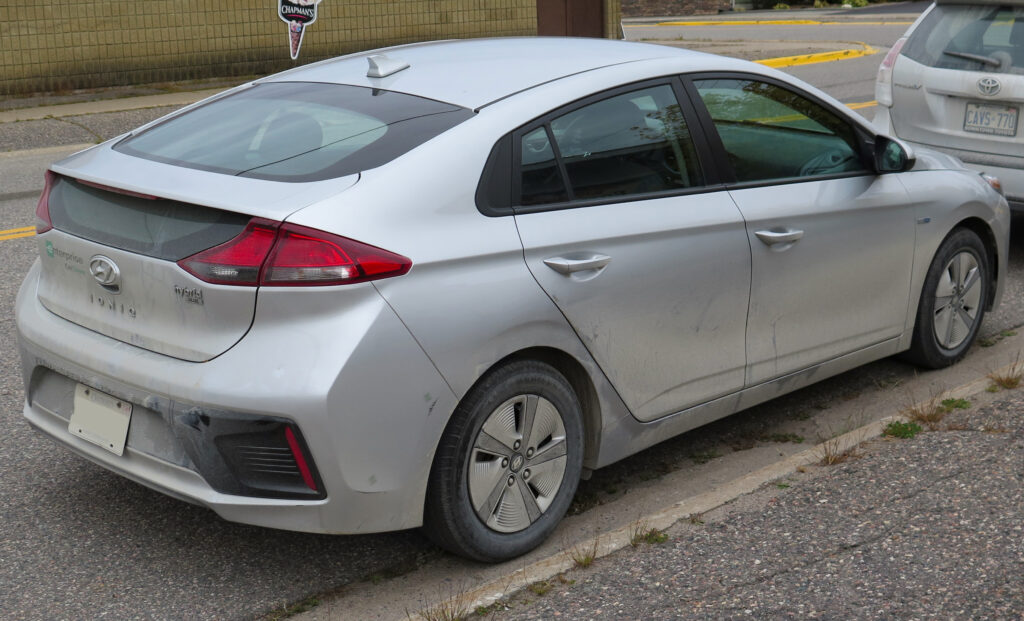
14. Hyundai and Kia’s Vehicle Theft Vulnerability
In a more recent and unexpected blow to brand trust, Hyundai and Kia found themselves embroiled in a major crisis starting in 2022 when it was widely discovered that certain models were alarmingly vulnerable to theft. This severe security flaw gained notoriety through a viral TikTok trend, which explicitly demonstrated to a broad audience how easily thieves could exploit a specific design oversight in the ignition system of particular vehicles, rendering them astonishingly simple to hotwire and steal.
The widespread dissemination of this “Kia Challenge” or “Hyundai Challenge” across social media platforms led to a dramatic and unprecedented surge in thefts of affected vehicles across numerous cities in the United States. This significant security lapse directly endangered vehicle owners, causing immense frustration, considerable financial losses, and highlighting a critical engineering oversight that made many popular models susceptible to opportunistic criminals.
The crisis swiftly attracted significant regulatory attention, triggered a barrage of class-action lawsuits filed by exasperated owners, and inflicted a palpable blow to the reputations of both Hyundai and Kia. Beyond the immediate financial costs associated with rising insurance claims, replacement vehicles, and legal fees, the incident fundamentally eroded consumer trust in the brands’ unwavering commitment to vehicle security and overall customer protection.
In response, both manufacturers were compelled to accelerate the development and implementation of software updates designed to mitigate the vulnerability. They also resorted to offering physical steering wheel locks as a temporary measure in a hurried effort to address the ongoing threat and reassure a deeply worried customer base, demonstrating the urgent need for robust security measures in modern vehicle design.
**The Lingering Shadow of Betrayal: Lessons from the Road Ahead**
Read more about: Is Your Ride on the Hit List? Unpacking America’s Top 10 Most Stolen Cars and How to Protect Yours
The incidents chronicled across these two comprehensive sections serve as stark and powerful reminders that the intricate journey of building and meticulously maintaining trust in the highly competitive automotive industry is perpetually fraught with unexpected perils. From the deliberate corporate deception manifested in emissions manipulation and the grave, often fatal, compromises on safety to the profound misjudgment of marketing campaigns and critical design oversights, each scandal chipped away at the formidable and painstakingly built reputations of global brands. These successive betrayals collectively underscore a universal and undeniable truth: in an age of instant global communication, heightened consumer awareness, and rigorous regulatory scrutiny, unwavering transparency, unassailable integrity, and proactive accountability are not merely lofty ideals but rather indispensable, foundational pillars of enduring success. The brands that ultimately manage to emerge stronger and more resilient from such debilitating crises are invariably those that confront their failings head-on, commit unequivocally to genuine and lasting internal change, and consistently prioritize the safety, well-being, and trust of their cherished customers above all else, thereby paving a long and arduous, yet ultimately rewarding, road back to corporate credibility and market leadership.



